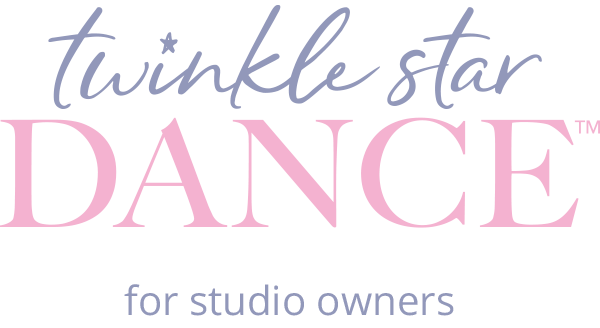Are you looking for a way to boost your overall well-being and physical health? It turns out that incorporating just 30 minutes of dance into your daily routine could be the answer you've been searching for. Recent research highlights how dance offers a multitude of benefits, making it a standout choice for sustainable exercise.
Brain Boost and Memory Enhancement
Engaging in dance activates brain-derived neurotrophic factor (BDNF), often referred to as "miracle grow" for the brain. This protein enhances memory, intelligence, and focus by stimulating the creation of new neural pathways. Studies, including those published in the New England Journal of Medicine, have found that regular dance practice is even associated with a reduced risk of dementia. By incorporating dance into your routine, you’re not just moving your body but also enhancing your brain function.
Stress Reduction and Mood Improvement
Dance isn't just great for the body; it's also a powerful tool for mental wellness. Physical activity, including dance, releases endorphins such as norepinephrine, dopamine, and serotonin, which help reduce stress and elevate mood. Additionally, the combination of dance and music results in a double dose of endorphins, further enhancing feelings of pleasure and reducing stress. According to recent findings, this combination activates brain areas related to reward and sensory processing, leading to a happier and more relaxed you.
Enhanced Balance and Coordination
Balance and coordination are crucial for long-term health, and dance excels in these areas. Dance stimulates the basal ganglia and cerebellum—regions of the brain responsible for fine motor control and coordination. Studies suggest that regular dance practice can improve balance and coordination, which are predictive of future health and longevity. Thus, dance offers a comprehensive workout that benefits both your physical and mental well-being.
Social Connections and Emotional Bonds
Dance classes provide a unique social experience. Moving in unison with others not only releases oxytocin, the "love hormone," but also fosters a sense of connection and community. This social interaction enhances interpersonal relationships and creates a supportive environment, making dance a rewarding and enriching activity.
Incorporating dance into your daily routine offers a holistic approach to enhancing your overall well-being. With benefits ranging from improved brain function to reduced stress and better balance, it's clear why dance is not just an enjoyable activity but also a powerful tool for a healthier and happier life.
Meet Tiffany Henderson
Tiffany Henderson is a renowned leader and expert in the dance industry. She is the owner of several Tiffany's Dance Academy locations across Northern California. Tiffany’s innovative video-based teacher training system and curriculum, Twinkle Star Dance, is successfully used in over 300 dance studios around the globe.
Sources
Basso, J. C., Satyal, M. K., & Rugh, R. (2021). Dance on the Brain: Enhancing Intra- and Inter-
Brain Synchrony. Frontiers in Human Neuroscience, 14, 584312.
https://doi.org/10.3389/fnhum.2020.584312
Britten, L., Pina, I., Nykjaer, C., & Astill, S. (2023). Dance on: A mixed-method study into the
feasibility and effectiveness of a dance programme to increase physical activity levels and
wellbeing in adults and older adults. BMC Geriatrics, 23(1), 48.
https://doi.org/10.1186/s12877-022-03646-8
Duckworth, A. (2018). Grit: The power of passion and perseverance (First Scribner trade
paperback edition). Scribner.
Dunsky, A. (2019). The Effect of Balance and Coordination Exercises on Quality of Life in
Older Adults: A Mini-Review. Frontiers in Aging Neuroscience, 11, 318.
https://doi.org/10.3389/fnagi.2019.00318
New England Journal of Medicine. (n.d.).
https://www.nejm.org/doi/full/10.1056/NEJMoa022252
Ratey, D. J. J. (2013). Spark!: The revolutionary new science of exercise and the brain. Quercus
Books.
Seligman, M. E. P. (1998). Learned optimism. Pocket Books.
The Joy of Dance. (n.d.). https://www.psychologytoday.com/us/blog/explorations-of-the-
mind/202409/the-joy-of-dance
We need to fix parent stress. (n.d.). https://www.psychologytoday.com/us/blog/the-relationship-
realist/202409/surgeon-general-advisory-we-need-to-fix-parental-stress

